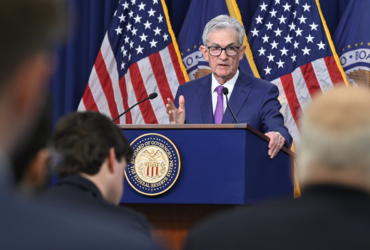Retail sales in March surpassed expectations showcasing a resilient economy amidst various challenges. The Commerce Department reported a notable 0.7% increase in retail sales for the month, surpassing economists’ forecasts of a mere 0.3% uptick. This surge, while slightly down from February’s 0.9% rise, underscores the underlying strength of consumer spending, a critical driver of economic growth.
Year-over-year data further solidifies this narrative, with retail sales marking a 4.0% increase, the highest level seen since December and the second-highest level in the last twelve months. The consistent upward trend over the past year reflects sustained consumer confidence and expenditure, bolstering various sectors of the economy.
A closer examination reveals that the surge in March was largely fueled by online retailers, witnessing a substantial 2.7% increase in sales. Miscellaneous retailers, gas stations, and grocery stores also contributed significantly, with respective increases of 2.1% and 0.5%. This trend highlights the growing prominence of e-commerce and the resilience of essential goods sectors, despite ongoing economic uncertainties.
However, not all segments experienced growth in March. Sporting goods stores faced the steepest decline, with sales plummeting by 1.8% in March. Clothing stores and electronic & appliance stores also witnessed negative growth, further underscoring the challenges faced by traditional brick-and-mortar retailers in an increasingly digital landscape.
While the robust retail sales figures are indicative of a healthy economy, they have prompted concerns regarding interest rates. Following the announcement, the 10-year Treasury yield surged by 10 basis points, signaling a potential upward trajectory in mortgage rates. If sustained, this upward movement could mark the first time the 10-year yield surpasses 4.6% since November.
The correlation between strong retail sales and rising interest rates underscores the delicate balance between economic expansion and inflationary pressures. While increased consumer spending stimulates economic growth, it also raises the specter of inflation, prompting monetary authorities to consider tightening monetary policy.
For consumers, the implications of rising rates could manifest in higher borrowing costs, affecting mortgages, auto loans, and credit card rates. Similarly, businesses may face increased financing expenses, potentially impacting investment decisions and overall economic activity.
While the surge in retail sales in March reflects the resilience of the economy, it also raises concerns about the trajectory of interest rates. As the economy navigates through a complex landscape of challenges and opportunities, policymakers will face the delicate task of maintaining economic stability while addressing inflationary pressures.





